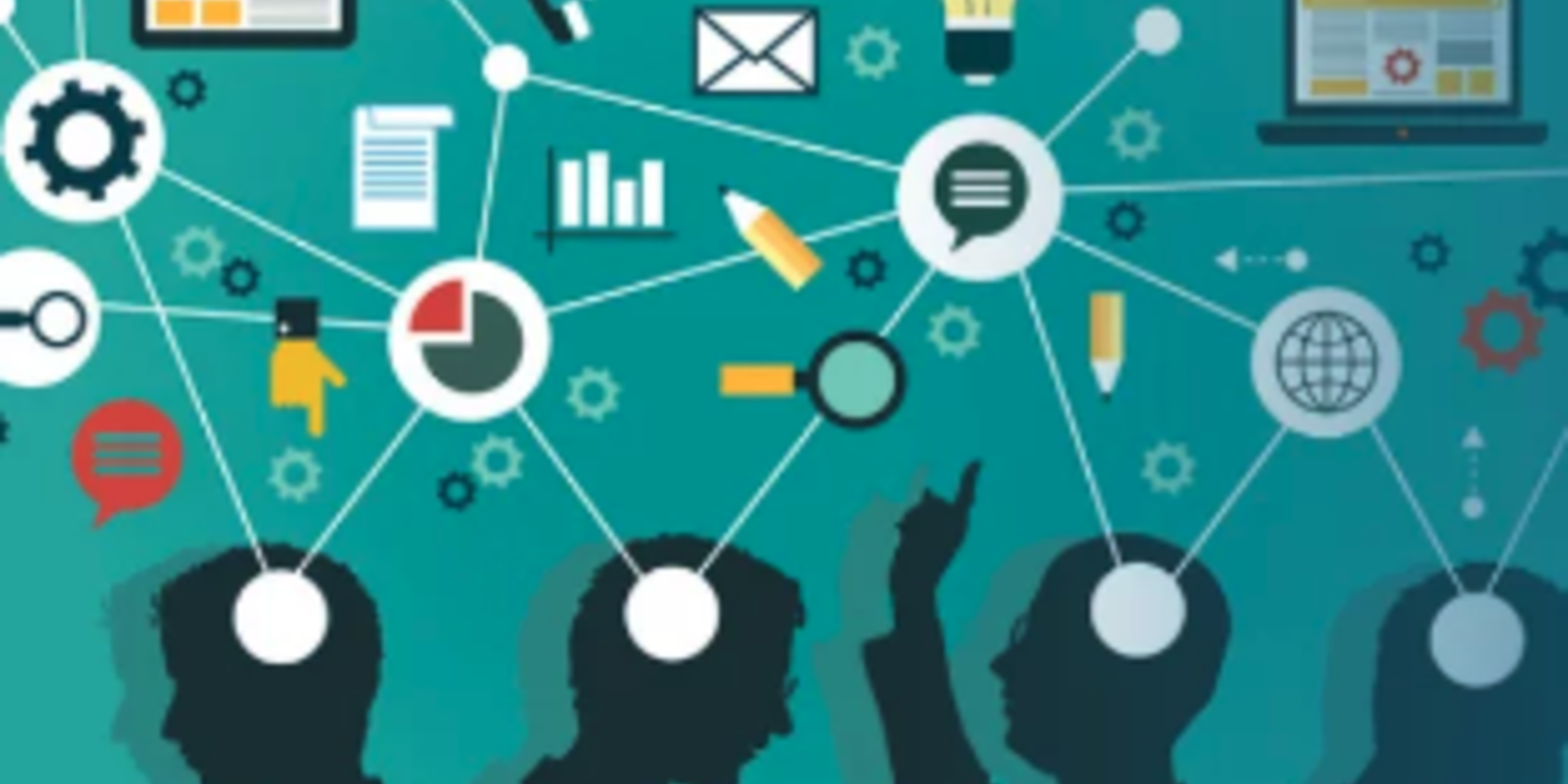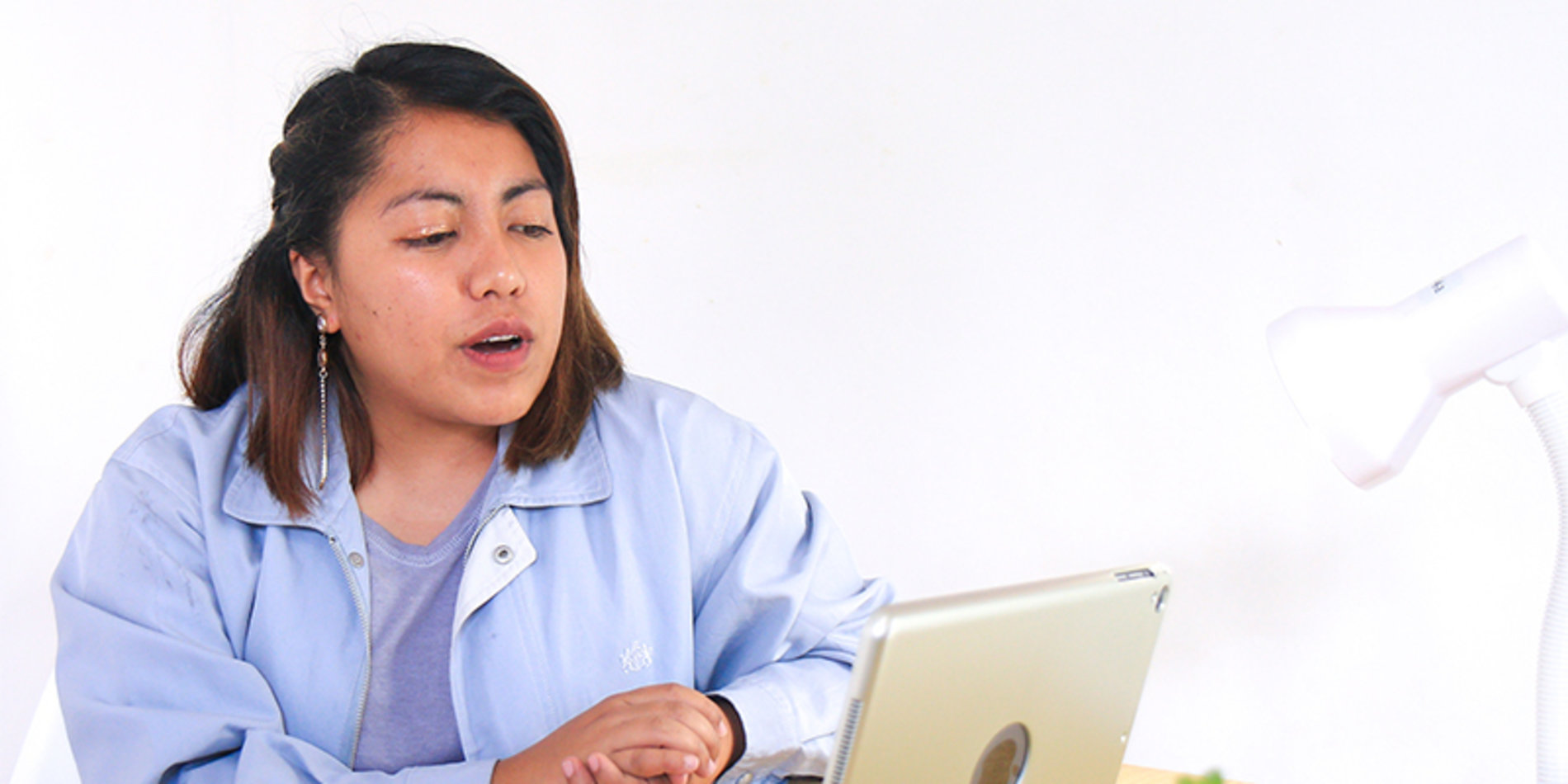
Photo: Gus Moretta/Unsplash
The novel coronavirus is here and the situation is changing by the hour. Amidst all the breaking news, one piece of information about the coronavirus has been consistent and unchanging: older adults, particularly those over the age of 80, are most at-risk. In China, 1 in 6 people over the age of 80 who have contracted the virus have died, compared to less than 1% of those under 40.
For many of us, particularly those who fall into those younger age ranges, these numbers have been a source of comfort, in a way. We may feel that, even if we do get the virus, we are unlikely to succumb to it. However, these same numbers are anything but comforting for a sizable chunk of the world’s population. The World Health Organization estimates that around 125 million people globally are over the age of 80. Almost 1 billion are over 60. More personally, many of us have important older adults in our lives — parents, grandparents, next-door neighbors — who fall into this especially vulnerable category.
Social distancing (e.g., working from home, avoiding large gatherings) has been the most pervasive recommendation for individuals to enact during the current pandemic, as it can help contain the spread of the novel coronavirus. Many have turned to digital media to stay socially connected while still practicing social distance. Unfortunately, this new reliance on media means that older adults may be doubly disadvantaged. Older adults are the group least likely to have access to, experience with, and skills needed for effective use of social technologies like smartphones and social networking sites. Moreover, seniors are often targets of deceptive and malicious content online, including ongoing fraud and scams related to the coronavirus outbreak. The outbreak is highlighting the technological challenges that older adults already face and underscores the importance of research on older adults’ relationship with technology. I offer some practical solutions that we can implement in our daily lives to support older adults during these trying times.
Social distancing and older adults
Amidst the coronavirus outbreak, older adults in particular have been encouraged to avoid public gatherings, public spaces, and any travel outside of their homes because they are at higher risk. The CDC has recommended that nursing homes restrict all medically unnecessary visitors and cancel all group activities. Stores around the world are designating specific hours of business to older customers — allowing only this population to be in their stores during those times. Measures such as these are likely critical to protect those who are most vulnerable to the coronavirus.
Despite the undisputed importance of social distancing practices, they can also take a substantial toll on individuals’ feelings of social connectedness. Across history, social connection has been critical to human development, thriving, and survival. This is even more crucial for older adults, a population especially prone to feelings of loneliness and social isolation. Moreover, during their coronavirus-induced social distancing, older adults might turn to television or online sources for news or entertainment – where they will be bombarded with nonstop coverage of the coronavirus pandemic and its existential risks. Although undoubtedly beneficial for physical health, there are reasons to believe that social distancing could be harmful to the psychological well-being of older adults.
Social technologies, social distancing, and older adults
Fortunately, we can leverage our digital tools to ameliorate the loneliness we may feel during social distancing. Social technologies, ranging from social networking platforms and videoconferencing to email, text messages, and even phone calls, have immense potential to help us stay and feel connected during times where physical separation becomes necessary (for further reading, see here, here, and here).
However, for older adults in particular, using social technologies can be difficult — and might even result in negative outcomes.Research on online and digital skills has found that older adults tend to be less skilled at using online technologies than younger users. Moreover, physical impairments such as poor eyesight and shaky hands make technologies like smartphones and tablets particularly difficult and frustrating for some older adults to use. This disparity in skills and ability has been dubbed a “second-level” digital divide — that is, even as older adults increase in their ownership and use of new media such as smartphones and social media, they’re constrained in their effective use of this technology compared to younger or more able users.
In addition to challenges in effectively using social technologies to facilitate connectedness, older adults suffer an additional vulnerability: they are significantly more likely to be targeted by online scams and fraudsters. Several coronavirus-related scams have already popped up and appear to be specifically targeting older individuals, promising fake cures, early access to vaccines, supplies of scarce products like masks, and even purchases of stock in companies who are expected to benefit from the coronavirus outbreak. Prior research has also found that older adults are more likely to share misinformation online, which is especially important to consider given already rampant amounts of misinformation online surrounding the coronavirus.
Taken together, this paints a rather gloomy picture of the prospects for older adults to effectively use social technologies during isolating, but necessary, periods of social distancing. Many older adults experience difficulties using social technologies, do not know how, or do not own the required tech to use them at all. This is a challenge because it is hard, during social distancing, to even provide them with the in-person technical support needed to use video chat or set up a Facebook profile. In addition, once connected and online, scammers will target seniors with scams and misinformation, and research suggests that these efforts can unfortunately be effective.
So, what should we do?
In the long run, this crisis underscores the importance of digital literacy training and education for older adults. While many efforts around digital literacy education have targeted children, older adults also need support when it comes to digital media use. We need more research on how to help older adults use technology to achieve their goals while also staying safe online. In addition, we need more evidence-based interventions for nursing homes and other senior organizations to equip older adults with the skills necessary to live a healthy and prosperous digital life. Social technologies can connect older adults to their loved ones across the globe, help them reconnect with old friends via social networking platforms, manage financial and health information, and stay engaged with current affairs. As the world’s population ages (the UN estimates that by 2050, 1 in 6 people in the world will be over 65, up from 1 in 11 in 2019) and technology becomes increasingly ubiquitous in society, harmonization between older adults and technology becomes a more and more important priority.
However, the timeframe for those recommendations is in many ways incompatible with the immediacy of the response needed to combat the current coronavirus outbreak. So, what can we all do today to support older adults? At a high level, we need to be sure we’re considering the needs of older adults in ongoing conversations about social distancing. For instance, nearly half of New Yorkers over the age of 85 live alone — these folks depend on community members and spaces for resources, meals, and social interaction. Under social distancing, their connection to these resources will likely be severed to some degree.
For those who don’t live with older adults, one simple thing we can do is reach out to the older adults in our lives. Whether it’s via FaceTime, text message, or phone call, we can all let the older adults important to us know that we are thinking of them and make ourselves available to talk to them. For a population facing significant isolation and uncertainty around their future well-being, a simple phone call can provide a significant infusion of social support and connection during these uncertain times. We can also offer to buy groceries or run simple errands (e.g., mailing packages) for older adults so that they do not have to put themselves at risk for infection. We can send photos of our quarantine activities to show seniors how we’re keeping busy and let them know we’re thinking of them. If we do live with older adults, we can help them to maximize their media use — this might mean helping them set up a Facebook account, showing them how to use FaceTime, composing messages for them or even helping them use text-to-speech software to lessen the burden of using a device such as a smartphone. These small, but important, actions can ease at least some of the heavy burden that older adults currently carry during the coronavirus pandemic.


